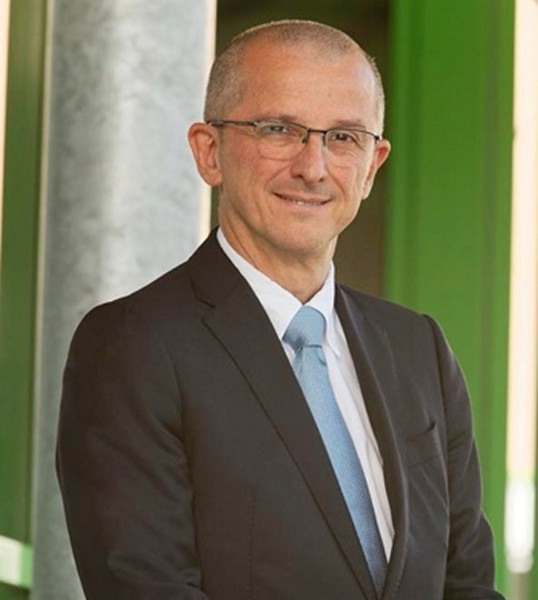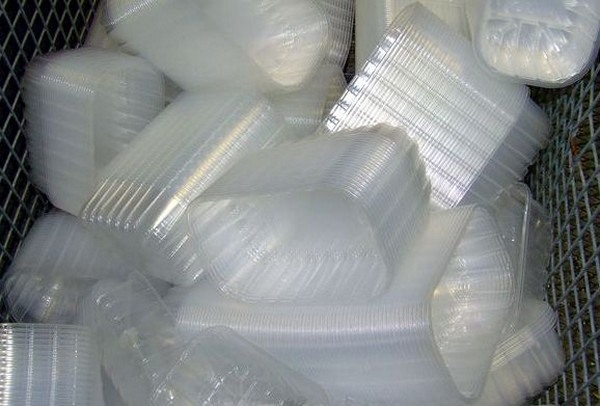There is a huge debate going on right now with regard to packaging, both about the materials used and about disposal and/or recycling. We talked about it with Mauro Salini, president of the Italian association ProFood, which unites 14 manufacturers of plastic packaging (including for the AGF sector). The organization represents a turnover of €1.5 billion, 4,500 employees and 70% of production in Italy.
FreshPlaza (FP): It seems that packaging has recently become a problem for some operators in the fruit and vegetable sector. What do you think?
What do you think?
Mauro Salini (MS): Yes, there is an attack against packaging of all kinds, and especially on vegetable and fruit packaging, especially plastic packaging. On the one hand, we are witnessing an attack by the media (but to what extent do consumers agree?) and on the other hand there are legislative initiatives at national and especially EU level that penalize fruit and vegetables packaged in plastic. A new European proposal for a Packaging and Packaging Waste Regulation (PPWR) establishes in Annex V of Article 22 that all packaging for fruit and vegetables with a content of less than 1.5 kg should be banned and it should be sold in bulk.
As for plastic packaging, the proposal by the new regulation is almost paradoxical, since our products already meet the characteristics provided by other parts of the PPWR in terms of recyclability and recycled content. All this is occurring at a time when the storm unleashed by the pandemic has just subsided. Because at that time, the importance of ensuring one of the functions of packaging, namely protecting the product and thus the health of the consumer, had picked up.
FP: What do you think about the proposal regarding the PPWR (Packaging and packaging waste regulation)?
MS: The proposal has some merits, though rather limited, but many flaws. First, the regulation would likely lead to a sharp increase in costs (and who will pay for it?) with little or no benefits to the environment. But the greatest damage will be to the entire supply chain.
Growers will have to radically change their harvesting and preservation methods and would potentially face more claims due to the inevitable spoilage of bulk product. Logistics will be forced to reckon with a shorter average life of fruits and vegetables because there will be no protection for the product. Distribution will have to evolve from a reasoned management of the supply mix from bulk/packaged product to bulk product only, with an increase in dropouts due to uncontrollable variables (e.g., uncooperative behavior of certain consumers at the point of sale), among others.
And finally, in what conditions will strawberries picked in Huelva or in Basilicata, transported in bulk to Hamburg, arrive? Therefore, it is necessary that not only Italy, but all major European fruit and vegetable producing countries and the entire agri-food chain, take a clear stand against the PPWR.
FP: How do paper and plastic stand together?
MS: One of the cornerstones of our communication is that there are no right or wrong materials or products, only right or wrong applications. Any material can find the ideal application in the marketplace. The very concept that there is no distinction between disposable packaging demonstrates that there should be no competition between different materials, but a reasoned comparison, based on scientific insights such as life-cycle analysis, between single and packaged products throughout the supply chain. Of course, there is competition between different products and materials, and the effort to follow trends and the (assumed) needs of consumers. But that is another issue.
FP: Is plastic polluting?
MS: All plastics are recyclable and plastic recycling is increasing. Moreover, Italy is one of the countries in Europe taking the lead in this area. Fruit and vegetable packaging is no exception; on the contrary, the recycling of PET and expanded polystyrene trays has come out of the experimental phase and is becoming important within the system set up by the Italian Consortium for the Collection, Recycling and Recovery of Plastic Packaging (CoRePla).
Of course, plastic products that end up in the environment and especially in the seas are a problem. But again, the problem is not the material, but wrong applications and behaviors.
Because in Europe there are sufficient resources and services for the collection, sorting and recycling of plastic. We should also not forget the characteristics of the distribution chain and methods of use, aimed at correct waste management, which reduces the risk of waste dispersion in the environment.

FP: How has the packaging of fruits and vegetables changed over the last 10 years?
MS: Well, in terms of plastic, PET is today the main plastic used to make trays. The proliferation of PET allows the use of more and more recycled PET. This means carrying out recycling projects in a closed loop (from tray to tray), without reducing the value of the material from noble to fewer noble products. Our companies have long been engaged in what is now called eco-design, reducing the weight of packaging with the same performance and increasing performance to ensure shelf life.
Anyway, there is a transition going on in the market from plastic to cardboard, mainly because of anti-plastic campaigns appearing on the media. But there is no data to indicate a clear predominance of either material in terms of environmental sustainability.
How have packaging prices compared to pre-corona and pre-war periods?
It is impossible to give a single answer, there are too many variables. But the impact of electricity costs is, of course, undeniable. One beneficial effect of the increase in costs is the greater focus on avoiding over-packaging, but that issue was not widely spread in the agricultural supply chain anyway.
Can you share a bit about the association?
ProFood is a group within Confindustria, which unites 14 Italian companies that produce plastic packaging for food products. ProFood's member companies employ about 4,500 people in 29 production sites in Italy and abroad, an generate a turnover of €1.5 billion representing more than 70% of Italian production in the sector.
